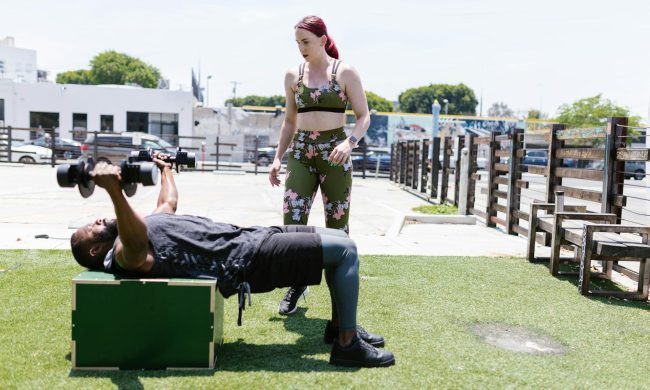A new study may unlock a clue into the cause of rheumatoid arthritis: Gut bacteria.
The findings, published in the journal Autoimmunity on Oct. 26, could provide answers for the 1 in 100 people worldwide who suffer from this autoimmune disease that can cause chronic pain, loss of joint function, and joint damage.

What causes rheumatoid arthritis? It’s not clear.
A previous study shows that the antibodies that trigger rheumatoid arthritis may begin developing in places like the lungs, mouth, and intestines more than a decade before the onset of symptoms. However, the authors of this new research believe they are providing answers to why antibodies form in specific areas for the first time.
In a syndicated article, lead author Meagan E. Chriswell, MD, a Ph.D. candidate at the University of Colorado Anschutz Medical Campus, wrote that her team was specifically interested in the bacteria in the microbiome, or a community of microorganisms in the intestines, might be involved. Why? Because these microbes typically live in the same areas as the antibodies that trigger rheumatoid arthritis. What if these bacteria were to blame for starting the production of these antibodies? They hypothesized that the antibodies developed to attack the bacteria but actually caused the immune system to go after the joints when they spread outside the intestines.
The researchers exposed bacteria in the poop of people identified as at-risk for rheumatoid arthritis to the antibodies. They found a once-unknown bacteria species in 20% of people who either had rheumatoid arthritis or produced the antibodies that trigger the disease.

Chriswell, a member of Cherokee Nation of Oklahoma, has proposed naming the species Subdoligranulum didolesgii, noting that didolesgii is the Cherokee word for arthritis or rheumatism.
The researchers are unsure whether the bacteria is widespread in the general population. Chriswell said it can essentially turn on T cells, or immune cells that spearhead inflammatory responses and are associated with autoimmune diseases, in rheumatoid arthritis patients.
In other words, gut bacteria may be attempting to protect people from bacteria but instead attacks the joints of people with rheumatoid arthritis, causing pain in the process.
For good measure (and to verify the hypothesis), the researchers gave mice one dose of Subdoligranulum didolesgii. The mice started to experience joint swelling and joint-attacking antibodies by the 14-day mark.
Chriswell hopes the new research provides more insights on how rheumatoid arthritis forms and wants to see more research looking into the prevalence of the bacteria in the general population. Does the study answer the question, “What causes rheumatoid arthritis?” Not definitively, Chriswell says. She writes that the study does not indicate the bacteria causes the development of rheumatoid arthritis but calls for more research in that area, too.
Unfortunately, antibiotics likely won’t help, but Chriswell is hopeful that the new discovery helps develop new treatments to alleviate the symptoms of — and prevent — rheumatoid arthritis.


